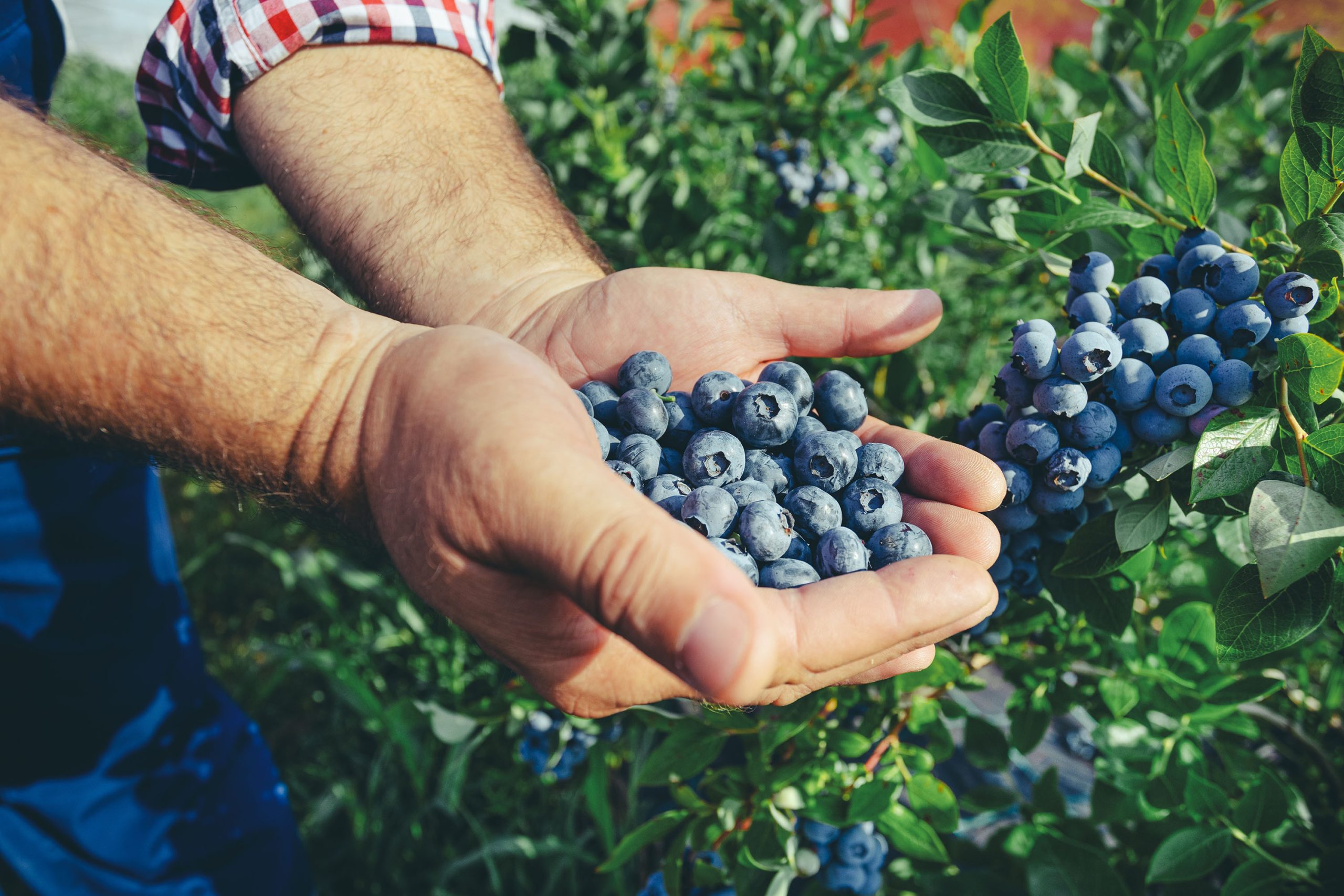Ecuadorian blueberries entering China
In May, the Free Trade Agreement between Ecuador and China will become official, and Ecuadorian blueberries will be able to enter the Asian market with zero tariffs.
EcuaBlue General Manager, Diego Paredes, defines the agreement as a great opportunity con conquer a coveted market. He warns that quality should be the main goal for growers going forward.
“We grow blueberries year-round at high altitude, and we have the advantage that companies like Monte Blue have supported us a lot,” he tells FreshFruitPortal.com.
EcuaBlue focuses on organic crops, with an emphasis on environmentally friendly growing techniques. The firm also prioritizes local products and labor.
Paredes shares that they remain optimistic about the new market, but that the work is not yet done.
“Now we have the signing of the Free Trade Agreement, but we still need to open the phytosanitary protocols, so there is still a long way to go,” he says.
He indicates that customers are looking for an excellent experience every week of the year. “And that is something we can do here in Ecuador by being able to grow the best varieties every week.”
Ecuadorian blueberries are exported mainly to the U.S., Europe, Hong Kong, Malaysia, and Singapore.
“If we compare the per capita consumption of blueberries in the United States which is 7 pounds, in China it reaches only 0.6 pounds, so there is an impressive gap to grow. This means that with China’s one billion inhabitants, there is a market for everyone,” he says.
To date, Ecuador only has a little over 740 blueberry-producing acres. But Paredes believes this could soon change, as EcuaBlue is currently working with the Ecuadorian Ministry of Agriculture to push those figures up to a total of 2,965 acres.
As for challenges going forward, Paredes says that the main focus will be on genetics, “to find the varieties that best adapt to our reality and from there start with an aggressive growth to be able to have sufficient volumes for export. Now we have to concentrate on growing the crop, taking into account cultivars that allow us to reach far-away countries in 40-45 days of travel, as well as consumption time in the country of destination”.
The Asian consumer, Paredes says, looks for a sweet flavor in blueberries, with a crunchy texture, big sizes, and blum coating.
“But what the customer is really looking for is an experience with a differential flavor,” he points out.
The executive says that the agreement with China will likely awaken the potential that exists in growing highbush blueberries.
“Since our blueberries are grown at up to 9,800 feet above sea level, having a temperature delta between 39° degrees at dawn to 95° at noon, the sugars concentrate in the fruit, making it sweeter and crunchier,” he says.
14/02/2024







